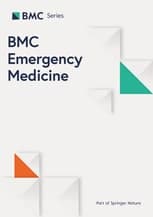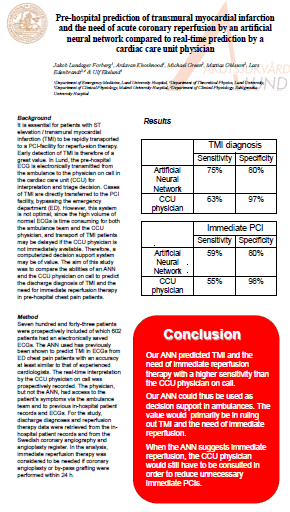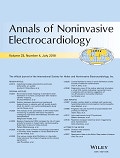Increased Firearm-Related Violence in Sweden: A Challenge for Emergency Medicine
Official statistics clearly show that the number of firearm-related violence, including firearm-related homicides, have significantly increased in the last decade, not least in 2012 – 2017. This is probably why Sweden is witnessing an increase in its total rate of deadly violence. Because of the increasing rates, there is no doubt that Emergency Medicine faces…

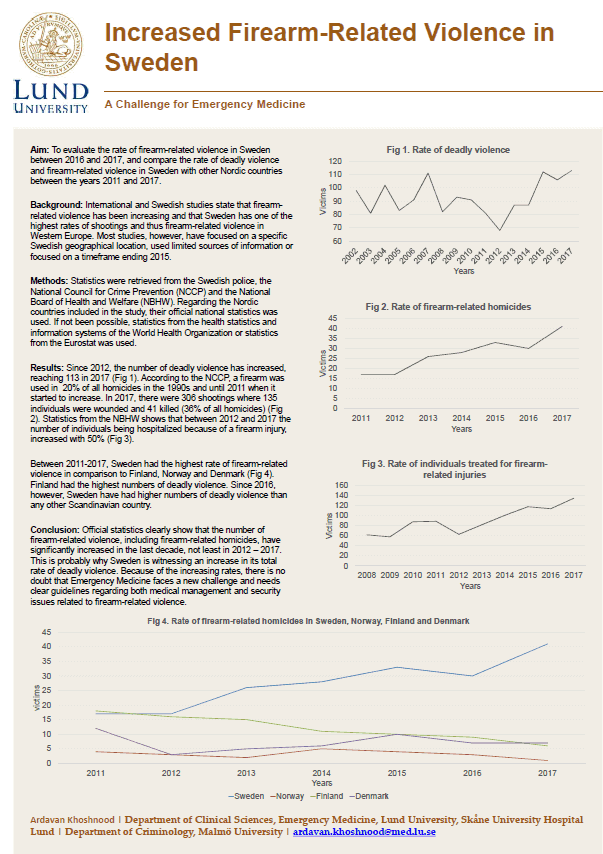
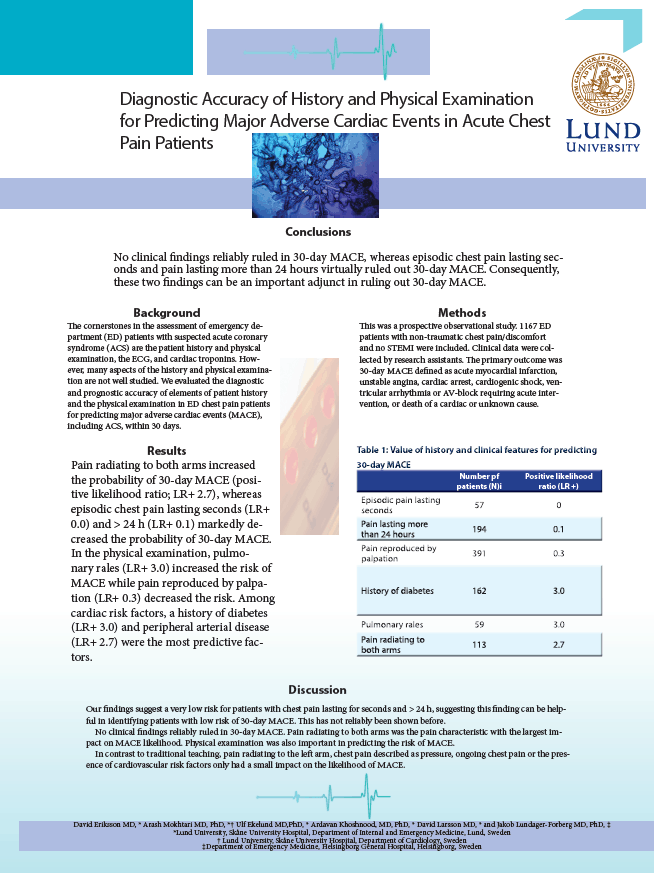
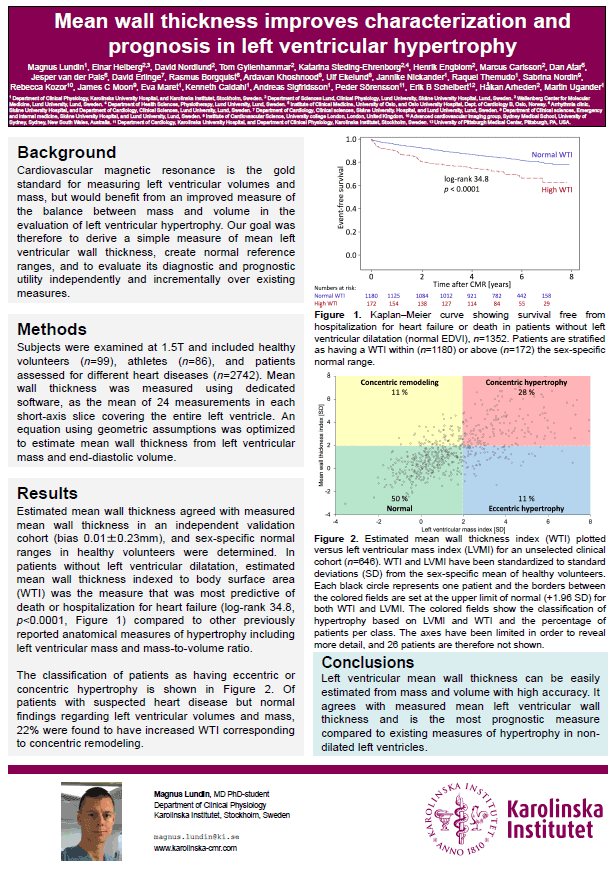

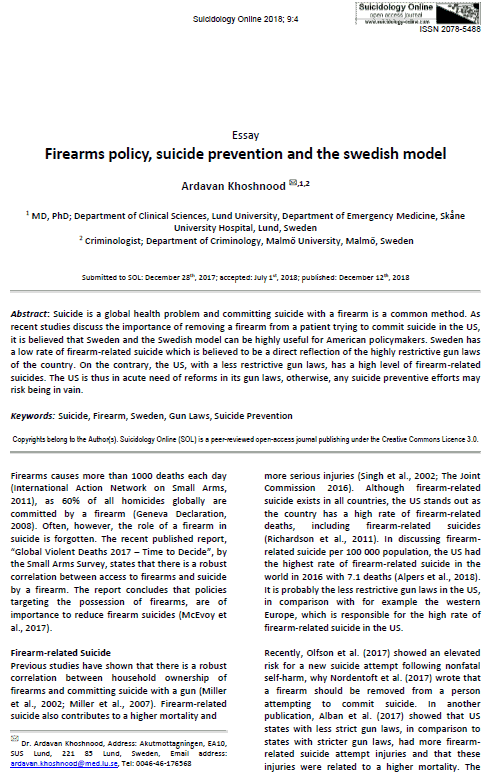
![Physician: It is sick to encourage adults to cycle without helmet [Swedish]](https://ardavan.se/wp-content/uploads/2018/11/hYcv2TJo_400x400.jpg)
